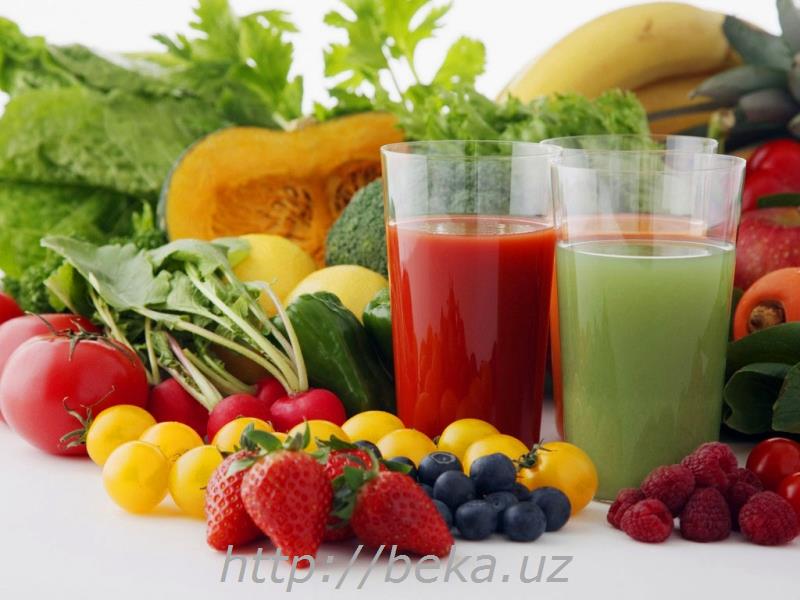SHARE WITH FRIENDS:
Proper organization of nutrition is of great importance for the normal physical and mental development of the child and adolescent. Malnutrition delays the growth and development of the child, weakens the body's resistance. Overeating disrupts metabolic processes, reduces appetite and impairs digestion. Depending on the age of the child and adolescent organism for proper nutrition, the physiological needs for proteins, fats, carbohydrates (see Table 1) and vitamins (see Table 2), as well as between the basic nutrients it must be taken into account that the ratio is correct.
Yoshi |
Proteins |
Fats |
Carbohydrates |
|---|---|---|---|
1-3 |
4.0-4.2 |
4.0 |
10-15 |
3-7 |
3.5 |
3.5 |
10-15 |
7-11 |
3.0 |
2.0 |
10-15 |
11-15 |
2.5 |
2.5 |
10-12 |
15-18 |
2.0 |
2.0 |
8-10 |
Table 1. Daily requirement of children, adolescents for proteins, fats and carbohydrates, 1 kg of body weight. per gram.
Yoshi |
A |
B1 |
B2 |
B6 |
C |
D |
PP |
|---|---|---|---|---|---|---|---|
1-1.5 |
1.0 |
0.8 |
1.1 |
0.9 |
35.0 |
0.15 |
9.0 |
1.5-2 |
1.0 |
0.9 |
1.2 |
1.0 |
40.0 |
0.15 |
10.0 |
3-4 |
1.0 |
1.1 |
1.4 |
1.3 |
45.0 |
0.15 |
12.0 |
5-6 |
1.0 |
1.2 |
1.6 |
1.4 |
50.0 |
0.15 |
13.0 |
7-10 |
1.5 |
1.4 |
1.9 |
1.7 |
50.0 |
0.15 |
15.0 |
11-13 |
1.5 |
1.7 |
2.3 |
2.0 |
60.0 |
0.15 |
19.0 |
14-17 (teens) |
1.7 |
1.9 |
2.5 |
2.2 |
80.0 |
0.15 |
21.0 |
14-17 (girls) |
1.5 |
1.7 |
2.2 |
1.9 |
70.0 |
0.1 |
18.0 |
